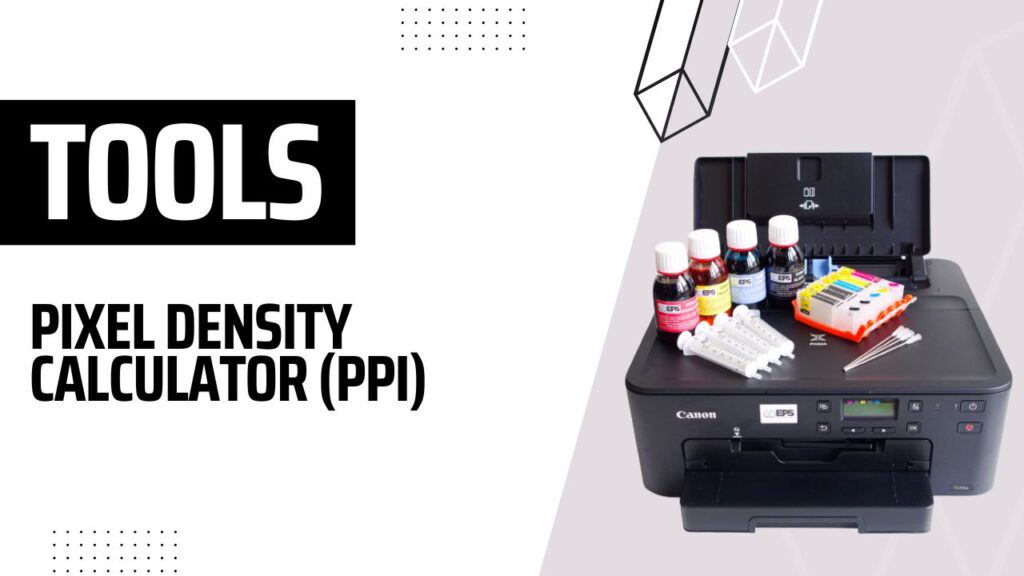
What is Pixel Density?
Pixel density, also known as pixel per inch (PPI) or dots per inch (DPI), is a measure of the sharpness and clarity of digital displays and printed materials.
It represents the number of pixels or dots packed into a given area, typically an inch. The higher the pixel density, the sharper and more detailed the image or text appears to the human eye.
In the context of digital displays, such as smartphones, tablets, and computer monitors, pixel density plays a crucial role in determining the visual quality and perceived sharpness of the displayed content.
A higher pixel density means that more pixels are packed into a smaller area, resulting in smoother lines, crisper text, and more detailed images.
Importance of Pixel Density
Pixel density is an essential factor to consider when evaluating the quality of digital displays and printed materials. Here are some key reasons why pixel density is important:
- Image and Text Clarity: Higher pixel densities allow for sharper and more detailed images, as well as smoother and more legible text. This is particularly important for activities like reading, graphic design, and photo editing, where visual clarity is critical.
- Viewing Distance: The closer you hold a device to your eyes, the higher the pixel density required for a sharp and clear image. This is why smartphones and tablets, which are typically used at arm’s length, require higher pixel densities compared to larger displays like computer monitors or televisions.
- Virtual Reality (VR) and Augmented Reality (AR): In VR and AR applications, where displays are positioned very close to the eyes, high pixel densities are essential for creating an immersive and realistic experience.
- Print Quality: In the printing industry, pixel density, or DPI, determines the level of detail and sharpness achievable in printed materials, such as books, magazines, and photographs.
How to Use the Pixel Density Calculator
Our Pixel Density Calculator is a user-friendly tool designed to help you determine the pixel density of various digital displays and printed materials. Here’s how to use it:
- Input Values:
- Screen Diagonal Size or Printed Area Size: Enter the diagonal size of the screen or the printed area size in inches.
- Screen Resolution or Printed Image Resolution: Enter the resolution of the screen or printed image in pixels (e.g., 1920 x 1080).
- Calculate: Once you’ve entered the required values, click the “Calculate” button to obtain the pixel density.
- Results: The calculator will display the pixel density in both pixels per inch (PPI) and dots per inch (DPI) units.
Pixel Density Calculator
Examples and Use Cases
Here are some examples of how the Pixel Density Calculator can be used:
- Smartphone Displays: Determine the pixel density of your smartphone’s display to understand its image and text clarity compared to other devices.
- Computer Monitors: Calculate the pixel density of your computer monitor to ensure it meets your needs for activities like photo editing, graphic design, or general productivity.
- Printed Materials: Use the calculator to determine the optimal resolution and pixel density for printing high-quality images, brochures, or marketing materials.
- Virtual Reality (VR) and Augmented Reality (AR): Evaluate the pixel density of VR and AR displays to ensure an immersive and realistic experience.
Additional Information
- Retina Displays: Apple introduced the term “Retina Display” to refer to displays with a pixel density high enough that the human eye cannot distinguish individual pixels at a typical viewing distance.
- Recommended Pixel Densities: Generally, a pixel density of around 300 PPI is considered suitable for most digital displays and printed materials. However, higher pixel densities (400+ PPI) may be preferred for activities that require exceptional visual clarity, such as professional photo editing or high-end printing.
- Limitations: While higher pixel densities offer improved visual quality, they also require more processing power and can impact battery life in portable devices. Additionally, extremely high pixel densities may not provide noticeable improvements beyond a certain point due to the limitations of human visual acuity.
Conclusion
The Pixel Density Calculator is a powerful tool that helps you determine the sharpness and clarity of digital displays and printed materials.
By understanding pixel density, you can make informed decisions when selecting devices, optimizing content for various mediums, and ensuring the best possible visual experience.
Whether you’re a professional working in graphics, photography, or printing, or simply someone who appreciates high-quality visuals, this calculator can be a valuable resource.